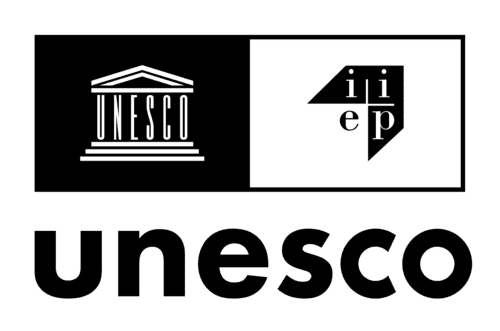Autor(es): Akmal, Maryam; Pritchett, Lant
Date: 2021
Pages: p. 1-19
Serie: International Journal of Educational Development
Series Volume: 82 (2021)
Download
Whereas the MDG was a simple schooling goal the Sustainable Development Goals (SDGs) have a number of targets for learning. Target 4.1 specifies not just that all children complete primary and secondary school but that this schooling leads to “relevant and effective learning outcomes” and Indicator 4.1.1 tracks progress goal using the proportion of children reaching “minimum proficiency” at early (grade 2/3), intermediate (primary complete) and late (end if lower secondary) stages of basic education with the aim that "all youth…achieve literacy and numeracy" (Target 4.6). We use the Annual Status of Education Report (ASER) data from India and Pakistan, and Uwezo data from Kenya, Tanzania, and Uganda that assess all children in a given age range, whether in school or not, on simple measures of learning in math, reading (local language), and English, to quantify how much achieving within country equality between the richest 20 percent and the poorest 40 percent in (a) grade attainment and (b) learning achievement by grade would contribute to an SDG-like global equity goal of universal numeracy and literacy for all children by age 12−13. We have three empirical findings. First, except in Kenya equalizing grade attainment between children from rich and poor households would lead to only modest progress in achieving universal numeracy, closing only between 8% (India) and 25 % (Pakistan) of the existing gap to universal literacy. Second, equalizing the learning profiles, that is, closing the gap in learning for children in the same grade between those from the poorest 40 percent of households and the richest 20 percent, would close between 16 % (Pakistan and Uganda) and 34 % (India) of the gap to universal numeracy, and between 13 % (Uganda) and 44 % (India) of the gap to universal literacy. Third, even with complete equality in grade attainment and learning achievement with children from the richest 20 percent children from poorer households still be far from the equity goal of universal numeracy and literacy, as even children from the richest 20 percent of households are far from universal mastery of basic reading and math by ages 12−13. In the currently low performing countries achieving universal literacy and numeracy to reach even a minimal proficiency of global equity goal will require more than just closing the rich-poor learning gap, it will take progress in learning for all.
Languages:
Project:
Regions/Countries:
-
Asia y el Pacífico
|
India
|
Pakistán
África
|
Kenia
|
Tanzania RU
|
Uganda
Level of education:

